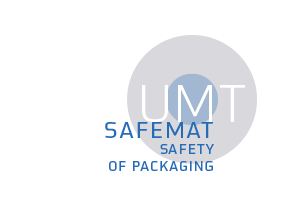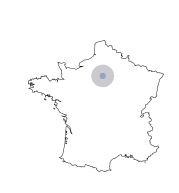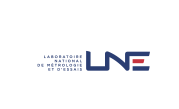
Coordination
Partners
Objectives
The confidence of consumers in food contact materials is tending to fade. Sanitary crises (varnishes, printing inks, plasticizers, mineral oils, endocrine disruptors, non-intentionally added substances, nanoparticles, etc.) are becoming more frequent. The solution must be both technological and global. The resulting offer should protect consumers (regulation (CE) n° 1935/2004) and support good manufacturing practices (regulation (CE) n° 2023/2006). As a result, it has to cover all materials intended to be in contact with food and all usages: single or repeated use, recycled materials, materials used in industry (tanks, conveyors, pipes and flexible tubing).
UMT ACTIA SAFEMAT federates experimental means (analytical chemistry, physico-chemistry, material sciences and mass transfer), theoretical and computational approaches (molecular and supramolecular modeling, multiscale modeling, risk assessment, chemometrics) to promote safe-by-design approaches for food contact materials. Preventive methodologies (such as failure mode, effects and criticality analysis) and rational engineering, which have already been developed or which are under development, aim to address safety globally, by integrating:
- the context of multi-materials and the lack of specific regulations for some of them;
- the different contributions of the supply chain, industrial practices (storage, collect, recycling, etc.) and of consumers;
- the emergence of new materials (e.g. from biomass, by-products, nanomaterials, etc.).
The technological unit SAFEMAT is located in the Paris region and started its activities in January 2017 for an initial period of five years. Its main application domain is in the food industry, but the concepts and methods covered are applicable to cosmetic products, medical devices and pharmaceutical products.
Actions
The program of SAFEMAT encourages approaches at the interfaces of several disciplines and techniques and emphasizes in particular five actions:
- Characterization and modeling of mass transfer within materials and at their interfaces with the products in contact (e.g. prediction of properties from the sole chemical structures).
- Design and conduct of tests, as well as the collect of generic properties intended to validate open source software and to feed an open data initiative.
- Development of computer-based approaches for safe-by-design engineering (from the molecule to the packaging via the material and its life cycle).
- Providing support to EU regulation and sanitary surveys.
- Initial and life-long training for stakeholders in food, packaging, chemical and cosmetic industries (e.g. massive online courses).






